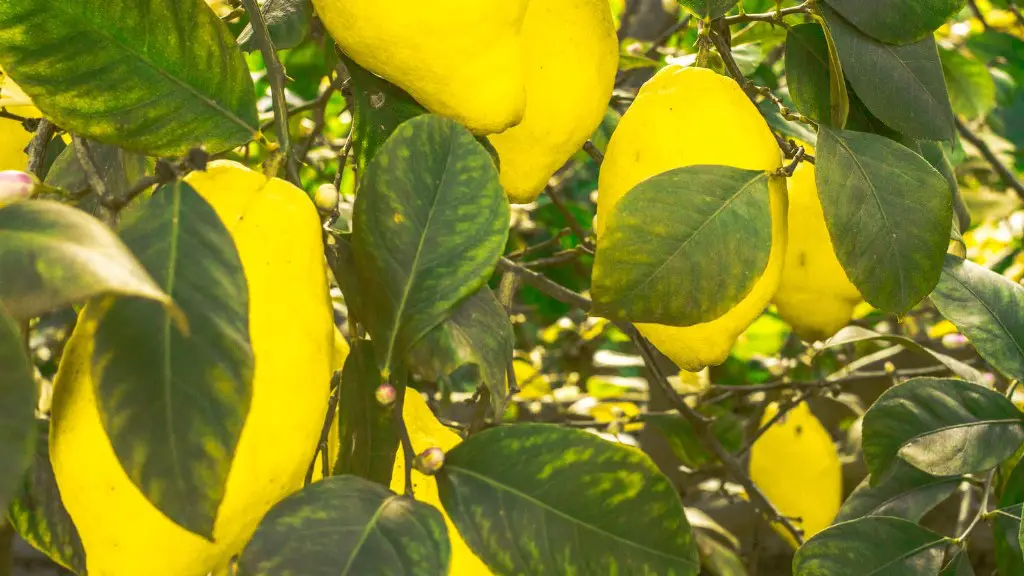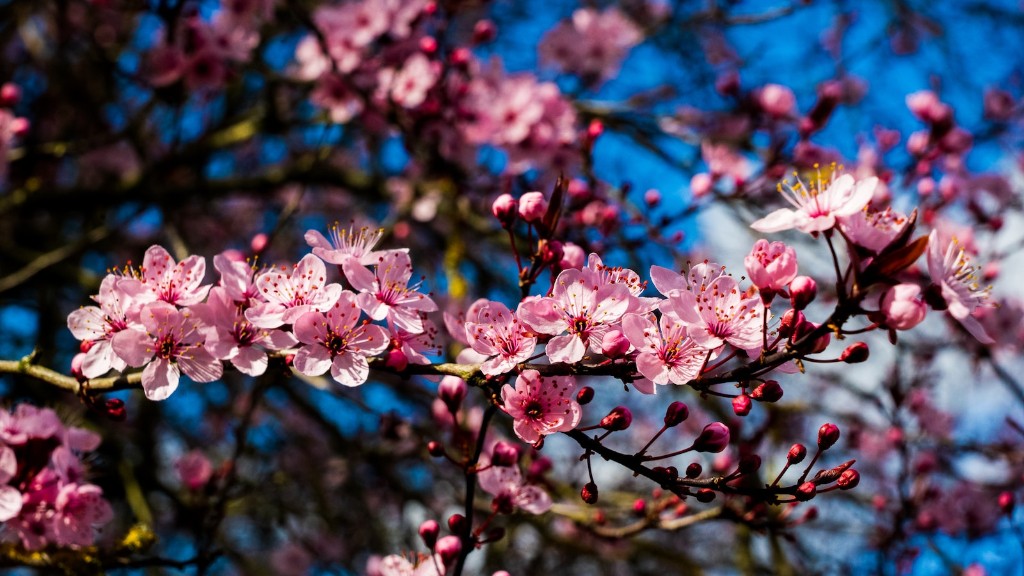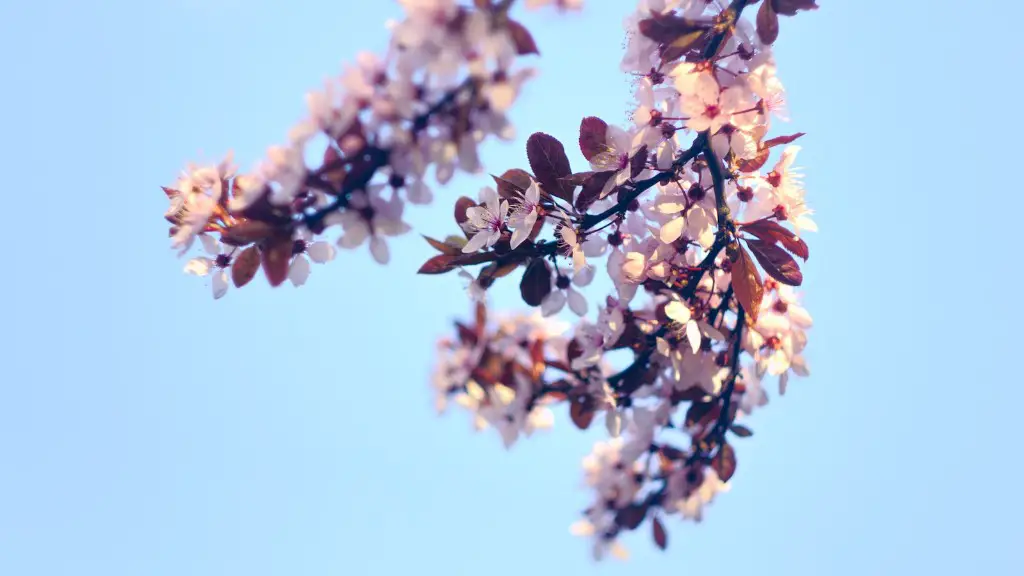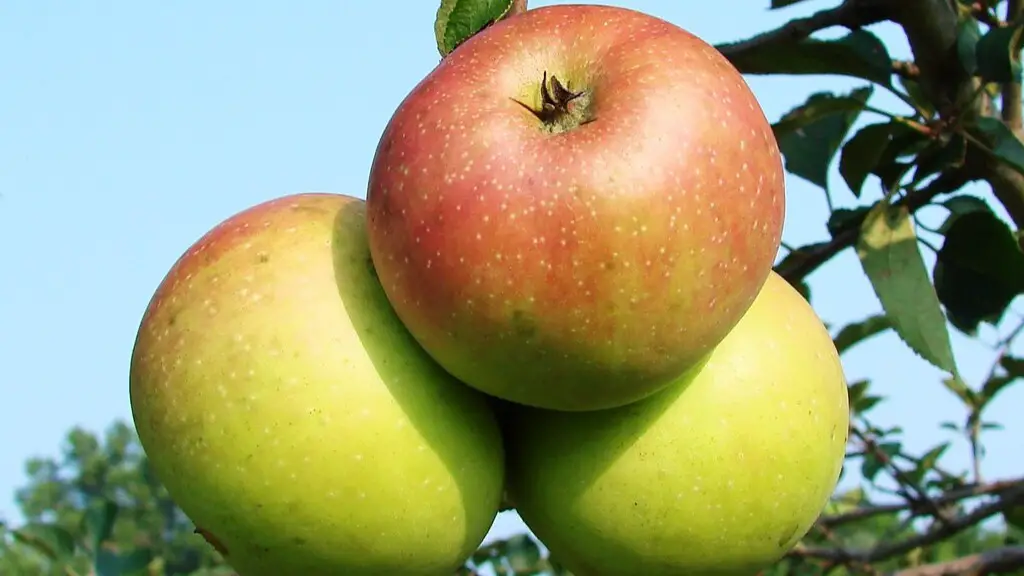Every homeowner that has a lemon tree in their garden knows the disappointment of spotted and yellowing leaves. Discoloration of the leaves is a sign that something is amiss with the tree, and it’s important to identify what the underlying cause of the yellowing is. If left unchecked, the tree’s health can gradually worsen and the distress can spread to other citrus trees.
There can be various explanations as to why a tree’s leaves are yellowing. Consider the tree’s watering and sunlight exposure. Lack of water can cause leaves to wilt and yellow, as well as turn brown and brittle. A citrus tree requires steady moisture and should be watered copiously when the soil becomes dry. On the other hand, too much water can cause root rot and yellow leaves.
Citrus trees prefer full sun, but the position of the tree can increase heat and encourage quick evaporation of moisture. Plant trees in a location where they’re sheltered from the elements for afternoon sun, and provide shade in the morning to suppress dangerous root temperatures.
The type of soil employed can also affect a tree’s health. If yellow leaves appear, it’s a signal the wrong soil mixture may be used. Citrus trees flourish in well-draining, fertile soil, so examine the soil’s quality yearly and supplement with manure or potting soil if necessary.
Pests are another potential culprit for a distressed lemon tree. Aphids or scale insects are notorious visitors to citrus trees and can cause harm to the leaves if left unchecked. If pests appear, transplant the infested lemon tree away from healthy trees and rinse it with a strong stream of water. Reach out to a local nursery specialist for advice on how to treat the tree with insecticides.
Finally, inspect the leaves and branches of the lemon tree for signs of injury. A broken limb can lead to a canker, or a fungal or bacterial infection, if the cut is not treated properly. Trim off broken or dead branches with Sterilized shears and rub fungicide near the wound to stop the spread of disease.
It’s no surprise that yellowing leaves can be a cause for concern. Fortunately, with a bit of detective work, an underlying explanation can be found and addressed. A quick review of watering, sunlight exposure, soil quality, pests and any injuries can be deemed responsible for yellow leaves on lemon trees and then treated accordingly.
Lack of Water
Lack of adequate water supply is one of the most common causes of yellow leaves on lemon trees. Citrus trees require moist soil, which means they need to be watered copiously throughout the summer months. If the soil hasn’t been watered enough, the lemon tree’s leaves will begin to wilt, yellow and eventually turn brown and brittle.
It is important to note that overwatering can also have the same effect. Too much water can cause the roots of the lemon tree to rot, which can lead to yellowing of the leaves and eventually death of the plant if not treated properly. Therefore, it is essential to maintain the ideal balance between soil moisture and sunlight to ensure the healthy growth of the tree and to prevent yellowing of its leaves.
To prevent lack of water from affecting the health of your lemon tree, water the plant regularly and deeply, so the water can penetrate the soil and reach the roots. Make sure the lemon tree is planted in a well-draining soil, so excessive water does not cause root rot. Mulch is also important to conserve soil moisture, so make sure to lay down a layer of mulch around the tree’s root area to trap the water and prevent it from evaporating.
Finally, check the leaves of the tree regularly to inspect for any signs of yellowing. If yellow discoloration is observed, water the tree immediately and deeply to rehydrate the plant.
Excess heat and sunlight exposure can also cause yellow leaves on a lemon tree, so make sure the location of the tree provides it with the necessary shelter and shade for afternoon sun.
Incorrect Soil Mixture
Using the incorrect soil mixture for a lemon tree can cause yellowing of the leaves, so it is important to check the soil quality of the plant regularly. The requirements for the ideal soil for a lemon tree are well-drained, fertilized soil with a pH ranging from 5.5-7.5. The use of an inadequate soil mix or an overabundance of soil can have an adverse effect on the growth of the tree and can result in yellow leaves.
If the soil is found to be lacking in nutrients, it is important to supplement it by adding a layer of manure or potting mix around the tree. This will help to enrich the soil and replenish its nutrient levels. Once the nutrients have been replaced, the lemon tree should begin to thrive and its leaves should begin to return to their healthy green color.
It is also important to ensure that the tree is not planted too deeply in the soil. Planting the tree too deep can lead to waterlogging and root rot, which can cause the leaves to become yellow and eventually die. Furthermore, if the tree is planted too shallowly, the roots may dry out and the leaves may become yellow from lack of water.
Therefore, it is important to inspect both the soil mixture used for the lemon tree and the depth of its planting. If either of these factors is incorrect, the health of the tree can suffer and the leaves may turn yellow.
Finally, make sure to examine the soil around the tree’s root area regularly to check for signs of compaction or nutrient deficiencies. If any of these issues are observed, it is important to supplement the soil with compost or manure to ensure the healthy growth of the tree.
Pests and Diseases
Pests on a lemon tree can cause the leaves to yellow if left unchecked. Common pests such as aphids and scale insects can feed on the leaves and stems of the tree, causing the leaves to become yellow, discolored and wilted. In order to get rid of the pests, the lemon tree must be carefully inspected and treated with insecticides.
It is also important to check the tree for any signs of disease. Common diseases such as canker and root rot can cause the lemon tree’s leaves to yellow and die. To prevent the spread of disease, it is essential to prune away any dead or damaged branches of the tree and to apply a fungicide around the wound. Seek professional advice if the disease is severe or if the tree continues to struggle.
In addition, it is important to note that the leaves of the lemon tree may also yellow due to environmental factors. Severe heat or extended periods of cold weather can cause stress on the plant, resulting in yellowing of its leaves. If a lemon tree is subjected to these harsh conditions, it is important to provide the tree with extra water and to make sure its location provides it with some shade.
Finally, nutrient deficiencies can also cause yellowing of the leaves. If the tree begins to struggle, check the soil around it for signs of deficiencies and supplement it with compost or manure to ensure that the tree has the necessary nutrients to survive.
Injury or Damage
Injury or damage to the tree can also cause the leaves to yellow. A broken limb or a damaged root can lead to infection if not dealt with properly. If any damage is observed, it is important to prune away any broken or dead branches and to apply a fungicide around the wound to prevent the spread of disease.
In addition, it is important to check the lemon tree for any signs of plant diseases, as they can cause yellow leaves as well. Common diseases that affect citrus trees include canker and root rot, which can cause yellowing of the leaves and eventual death of the plant if not treated early on.
Furthermore, herbicide and pesticide sprays can cause the tree’s leaves to yellow if used in excessive amounts. It is important to read the label on the product before using it to ensure that it is safe to use in the lemon tree’s garden, and if possible, use an organic herbicide or insecticide, as they will have less of an impact on the tree and its environment.
Finally, extends periods of cold weather or strong winds can also cause yellow leaves on a lemon tree. If this is observed, it is important to protect the tree from harsh weather conditions by providing it with some shade and additional water.
Insecticides
Insecticides are a common treatment for pests on lemon trees.However, insecticides can be damaging to the tree and the environment if used in excessive amounts. Therefore, it is important to use insecticides with caution and to always follow the instructions on the label.
Many of the most common insecticides used on lemon trees are chemical-based. These can be effective at removing pests, but they can also be harmful to the tree, the environment and the people around it. Therefore, if chemical-based insecticides must be used, it is important to use the lowest concentrations possible and to avoid spraying them in places where children or pets may be present.
On the other hand, organic insecticides can be used without fear of harming the environment or people. These organic treatments are derived from natural products such as plants, minerals and beneficial organisms and are non-toxic or have a lower toxicity than chemical insecticides. Therefore, it is recommended to use organic insecticides whenever possible for the treatment of pests on lemon trees.
In addition to insecticides, other methods such as neem oil, horticultural oil, beneficial insects, and beneficial nematodes can be employed to get rid of pests on lemon trees. These methods are not only safe for the tree and the environment, but they are also more cost-effective and can be used over an extended period of time.
Finally, keep an eye out for any new pests appearing on the tree and make sure to treat them immediately with an effective insecticide. This will help to prevent them from causing further damage to the tree and its leaves.




